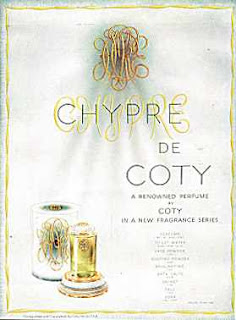 |
| IPPOKRATIS 460 BC - 377BC |
 |
| HERODOTUS |
HERODOTUS - THALIA
112. Gum-mastich however, which the Arabians call ladanon, comes in a still more extraordinary manner; for though it is the most sweet-scented of all things, it comes in the most evil- scented thing, since it is found in the beards of he-goats, produced there like resin from wood: this is of use for the making of many perfumes, and the Arabians use it more than anything else as incense.
Ladanum is described by Herodotus (3 1x2) as particulaFly fragrant, though gathered from the beards of goats, on which it is found sticking;
"Arabia is the last of inhabited lands towards the south, and it is
the only country which produces frankincense, myrrh, cassia, cinnamon,
and ledanum. The Arabians do not get any of these, except the myrrh, without trouble..."
"Ledanum, which the Arabs call ladanum, is procured in a yet stranger fashion. Found in a most inodorous place, it is the sweetest-scented of all substances. It is gathered from the beards of he-goats, where it is found sticking like gum, having come from the bushes on which they browse. It is used in many sorts of unguents, and is what the Arabs burn chiefly as incense.
Concerning the spices of Arabia let no more be said. The whole country is scented with them, and exhales an odour marvellously sweet. There are also in Arabia two kinds of sheep worthy of admiration,the like of which is nowhere else to be seen; the one kind has long tails, not less than three cubits in length, which, if they wereallowed to trail on the ground, would be bruised and fall into sores. As it is, all the shepherds know enough of carpentering to make little trucks for their sheep's tails. The trucks are placed under the tails, each sheep having one to himself, and the tails are then tied down upon them. The other kind has a broad tail, which is a cubit across sometimes...."
the only country which produces frankincense, myrrh, cassia, cinnamon,
and ledanum. The Arabians do not get any of these, except the myrrh, without trouble..."
"Ledanum, which the Arabs call ladanum, is procured in a yet stranger fashion. Found in a most inodorous place, it is the sweetest-scented of all substances. It is gathered from the beards of he-goats, where it is found sticking like gum, having come from the bushes on which they browse. It is used in many sorts of unguents, and is what the Arabs burn chiefly as incense.
Concerning the spices of Arabia let no more be said. The whole country is scented with them, and exhales an odour marvellously sweet. There are also in Arabia two kinds of sheep worthy of admiration,the like of which is nowhere else to be seen; the one kind has long tails, not less than three cubits in length, which, if they wereallowed to trail on the ground, would be bruised and fall into sores. As it is, all the shepherds know enough of carpentering to make little trucks for their sheep's tails. The trucks are placed under the tails, each sheep having one to himself, and the tails are then tied down upon them. The other kind has a broad tail, which is a cubit across sometimes...."





















